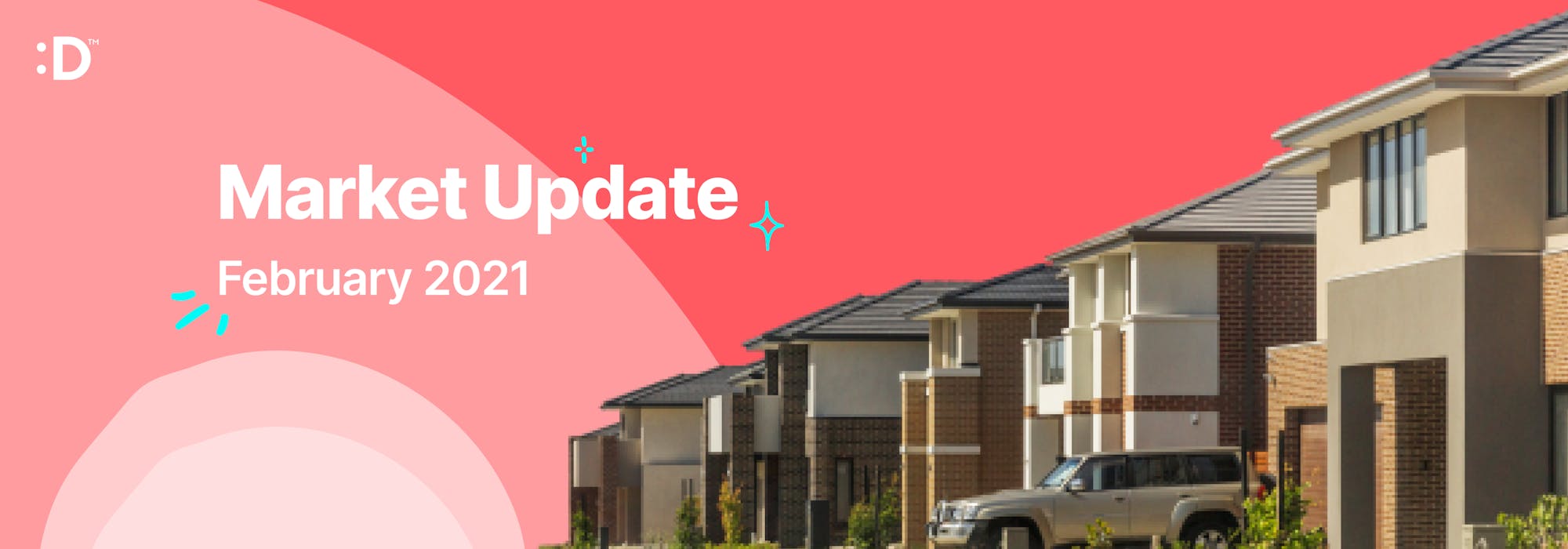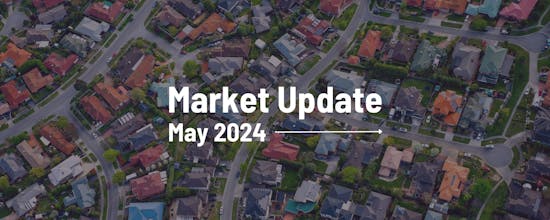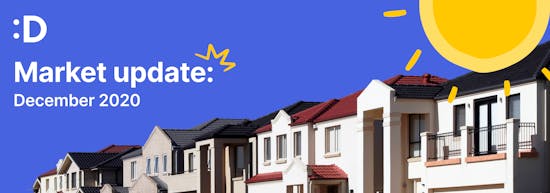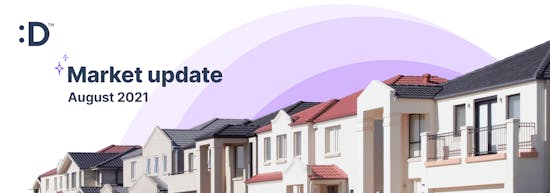After the dark patch that Australia’s rental property market went through in 2020 – with falling rental prices and higher vacancy rates from March to September – the rental statistics for November through January present a pleasant surprise. Australia’s rental housing market looks to be turning around, and improvement is on the horizon.
Our closed international borders, however, are continuing to impact city unit and apartment rental markets across eastern Australia. A new realestate.com.au analysis shows the median weekly rent for units in some inner-Sydney and Melbourne CBD suburbs plunged by more than 20% in 2020.
However, it’s not all gloom in the Sydney, Melbourne and Brisbane CBDs. While rental prices are falling, a different group of tenants are on the lookout for inner-city homes.
Over the last three months, we have seen an increase in inquiry within these areas, as tenants look to secure an affordable home in a location that would have previously been unaffordable for them. With prices falling so dramatically, it presented a rare opportunity for tenants, now working from home, to be able to live in these kinds of homes which were not available to them pre-COVID.
We have seen (and are still seeing) tenants in the city doing vertical moves. Often, they will see a more spacious apartment five or six stories above their current home being offered at a cheaper price, and negotiate with us at lease renewal time to move up into the new home, or for the owner to reduce the rent for them to sign another lease.
It’s clear that now is the ideal time for tenants to look for an affordable home in their desired suburb.
Heightened tenant expectations
Tenants are conducting more research on the market than ever before, and are getting savvier when it comes to choosing their new homes. They are also becoming pickier, with higher expectations of cleanliness and maintenance. If the property is showing signs of age and deterioration, we’ve seen tenants requesting items to be fixed prior to occupancy, and expecting full bond cleans with additional sanitisation.
As it is well and truly a tenant’s market, it is the tenants and the volume of properties on the market right now that are dictating the prices - with little control from property managers when it comes to what rent we believe an owner’s property is worth, or what we would like to achieve.
To reduce the chance of vacancy, owners first need to consider whether or not their ideal rental amount is realistic in the current market, and whether a long vacancy (and weeks’ worth of lost rent) is worth the extra $50 each week. It’s also important to keep an open mind towards different types of tenants, as not all will be families – expect to see friends and couples looking to share a home. If you don’t consider these factors when renting out your property or renewing the lease with your current tenants, you may find yourself with an unnecessarily long vacancy period between tenants.
While it’s not yet clear how things will change once the government’s cuts to JobSeeker and JobKeeper payments come into effect in March, it will not be a surprise if tenants start falling behind in rental payments and look towards finding more affordable homes.
The suburbs that are thriving
While many suburbs – especially those in the inner-city of Melbourne, Sydney, and Brisbane – saw dramatic drops in median weekly rental prices during COVID, some rental suburbs thrived.
Teneriffe in Queensland, and North Willoughby and Dover Heights in New South Wales, have had a 30 percent year-on-year increase in median rental price, according to realestate.com.au. Walkerville in South Australia and Sorrento in Victoria follow closely behind, with 26 percent and 25 percent growth respectively.
As people have been moving away from the historically more expensive, denser suburbs, this means that rental prices in the comparatively more affordable areas have actually not fallen at all – this is especially the case for the more common types of housing (such as houses) in those locations.
:Different’s January in Leasing
.png?ixlib=gatsbyFP&auto=compress%2Cformat&fit=max&rect=0%2C0%2C2000%2C700&w=1400&h=490)
In January this year, we saw a positive shift in inquiry and attendance at open homes across Queensland, New South Wales and Victoria. We received 405 applications, leased 92 properties, and successfully renewed 147 tenancies. Many renewed tenancies in NSW and VIC involved rent reductions to stay in line with the market, whilst Queensland saw a slight increase in rents overall, except in the inner-city and CBD areas.
We have seen regional locations in Queensland such as the Sunshine Coast and Hervey Bay experience a housing shortage, with a magnitude of tenants attending inspections and pre-applying for properties. This trend is also occurring in other areas like the Gold Coast, with many of our open homes attracting multiple attendees and multiple applications. For owners who want to attract as much interest as possible, the tip here is simple: price your property in line with the market and make sure it is presented well – from there, all good things come.
Disclaimer: The views, information, or opinions expressed in this blog post are for general information purposes only and should not be relied upon. We have not taken into account specific situations, facts or circumstances, and no part of this blog post constitutes personal financial, legal, or tax advice to you. You should seek tax advice from your accountant, specific to your situation.



